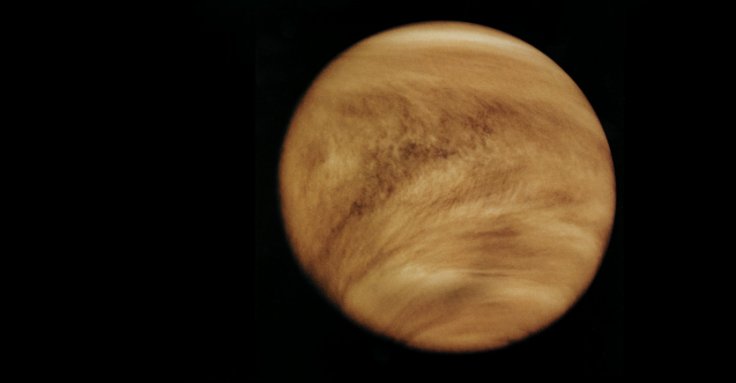
NASA, the United States space agency is planning for a manned crew mission to Venus that may help the scientists to know the effects of climate change.
Even though the space agency is still not clear about the date and timing of the mission, the agency experts are pretty confident of materializing such an effort because of its earth-like upper atmosphere.
Studying Venus helps humans to know the effects of climate change
To make the Venus mission a reality, NASA is considering a spectacular airship concept. They have now named this airship concept, 'High Altitude Venus Operational Concept (HAVOC) ' and the potential designs of the so-called cloud city has been shared on the space agency's Systems Analysis and Concepts Directorate (SACD) website.
As per experts, the current climatic conditions of the Venus' atmosphere is the result of a runaway greenhouse effect that cannot be reversed. Space experts argue that this runaway greenhouse effect was the main reason behind the transformation of an Earth-like twin world to an extreme hellish world.
Using the current climate models on earth and by comparing it with the extremes seen on Venus, experts hope to accurately determine various climate-altering factors that will result in drastic changes. Experts argue that studying more on the climate of Venus will help humans to get a better idea about the ecological health of the earth.
Venus: The hellish world of infernal temperature
Venus has a similar size to earth, but its surface is hot enough to melt lead and it is vastly covered with craters, volcanoes and lava planes. It should be also noted that the atmosphere of Venus is mainly filled with carbon dioxide, and thick clouds of sulfuric acid cover the entire planet.
"Though its internal geology is similar to Earth's, its surface is hot enough to melt lead and is covered with craters, volcanoes, mountains, and lava plains. The atmosphere traps the small amount of energy from the sun that reaches the surface along with the heat the planet itself releases. This greenhouse effect has made the surface and lower atmosphere of Venus one of the hottest places in the solar system," explains NASA about the surface of Venus' atmosphere.
However, the upper atmosphere of Venus literally contradicts from the condition in the lower atmosphere and surface of the planet. The upper atmosphere has similar pressure, density and gravity very similar to the earth, and the absence of an internal temperature in this area is compelling NASA to launch a manned mission to Venus.









